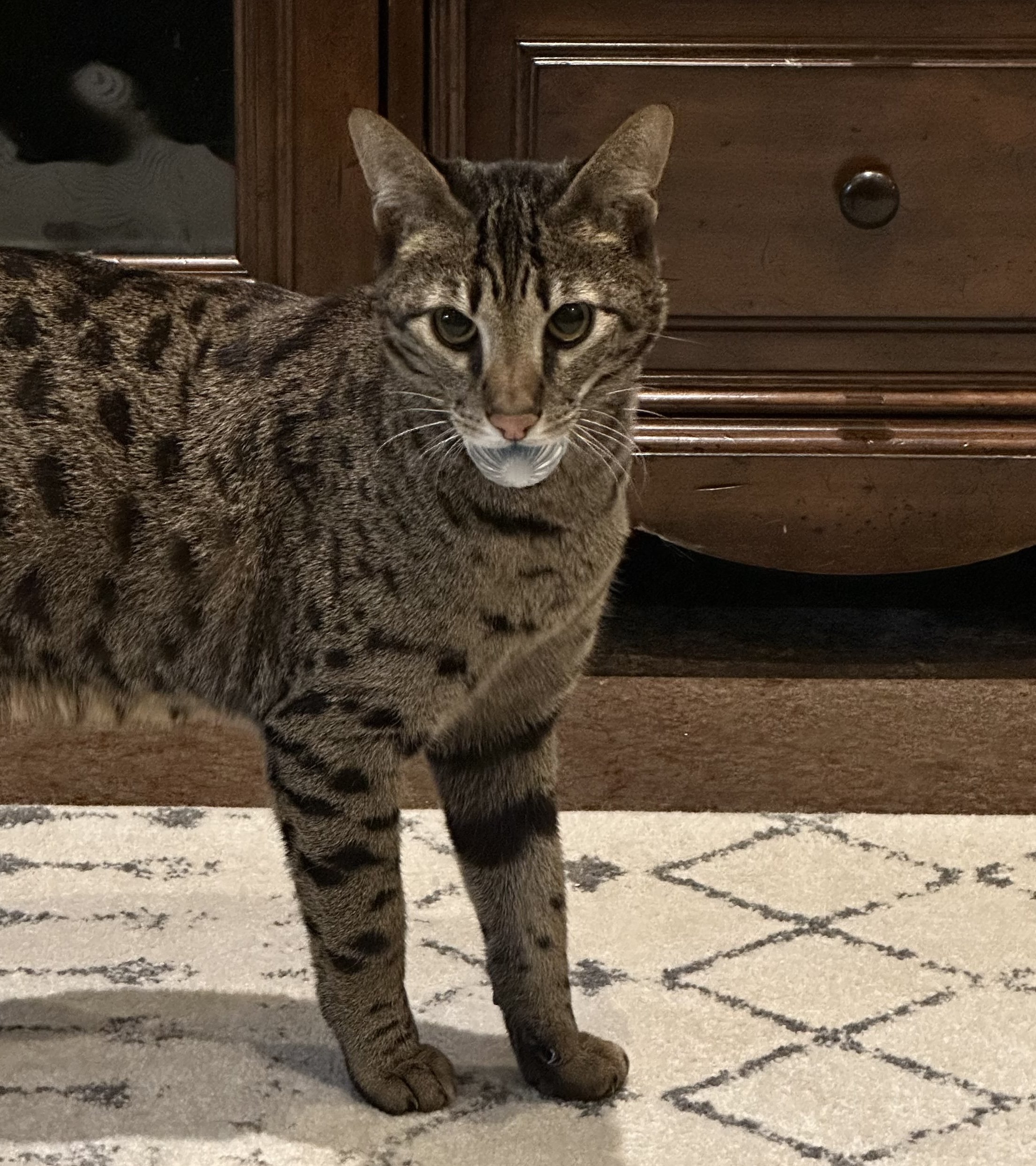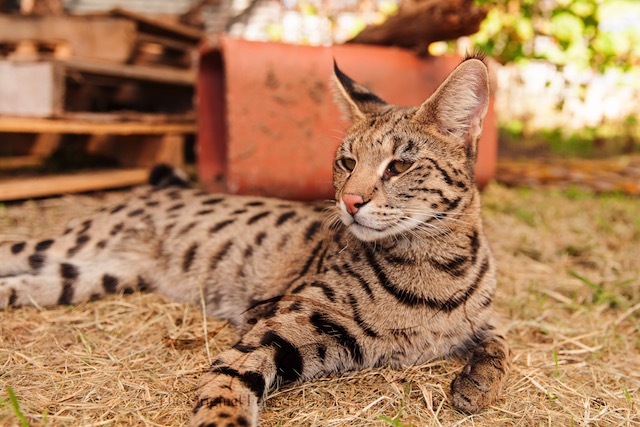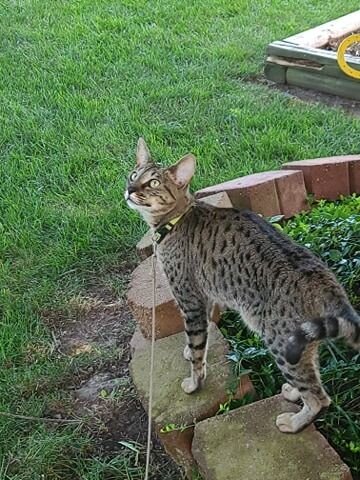Living with pets is beneficial for humans, and this has long been confirmed by scientific facts. Coexistence with animals necessarily improves our lives with bright colors, saturates, and prolongs it. Interacting with pets has a particularly beneficial effect on kids. Children living in households with animals experience significantly less stress, anxiety, as well as social problems. Such communication reduces the risk of developing mental, emotional, and behavioral disorders in adulthood.
Understanding this benefit, more and more people are adopting pets, and children dream of becoming veterinarians and helping our four-legged friends. If you also love animals, then you might like animal science jobs on Jooble. After all, working with these wonderful creatures isn't only about treating them.
Today, the most popular choices are cats and dogs. If everything is clear with dog training, it is worth clarifying the situation with cats. And today, we will try to do this.
Can Cats Be Trained?
Cats are unique and independent creatures that can evoke many emotions in us. Unlike dogs, cats are not traditional candidates for training, and many people believe that cats can't be taught commands and tricks. However, they can!
It is crucial to understand that cats don't have the same degree of sociality and submissiveness as dogs, and therefore training a cat may require more patience and careful approach. However, with the right approach and motivation, cats can learn many commands such as walking on a leash, coming when called, playing games, and much more. It is significant to remember that cats have their characters, and what works for one cat may not work for another. Therefore, it is critical to be patient and persistent in order to achieve success in training your cat.
Where To Start Training?
Training a cat is a process that requires preparation! Before you start, buy some treats. At first, you won't need something else to teach it simple commands. Training should begin at the age of 6-8 months. At this age, cats are already able to understand what is wanted or required of them to do in order to receive a reward.
Having identified your cat's interests, start to develop them with the help of constant rewards, which, in the first stage, will definitely be treats and strokes. Later, you can’t give a treat every time, but you should definitely praise your pet — cats love it. Praise can motivate them to follow commands again and again. You should immediately abandon tricks that don't correspond to the desires and behavior of your pet.
In addition, pets sense the mood and emotional state of people. If you are in a bad mood, your cat won't trust you or will be afraid. You can’t scream or scold your cat if something doesn’t work out — it will get scared, run away, and stop trusting you.
Top Tips For Training A Cat
Here are some useful tips on how to make cat training effective.
The ideal time for training is the afternoon or evening, about 3 hours after eating. After all, a hungry pet won't work, and a well-fed one will definitely want to take a nap.
Wayward cats won't like long, monotonous training, so the optimal duration is about 10 minutes.
If your pet is bored with an activity or is tired, don't force the animal, don't show your strength. This behavior strategy won't yield results.
In order for a cat to learn to follow commands automatically, it takes a lot of repetition and practice. Don't forget that every cat is unique, and each may have a different pace of learning.
Using a clicker, you can teach your cat to follow it like a target.
Keep calm, and don't demand too much from your cat. If it can't follow a command, just repeat it over and over again until it understands.
Conclusion
Answering the main question of our article, we can safely assure that cats are trainable. And training should be based on positive methods and rewards. Your cat is your friend and partner, and training will help strengthen your bond.














